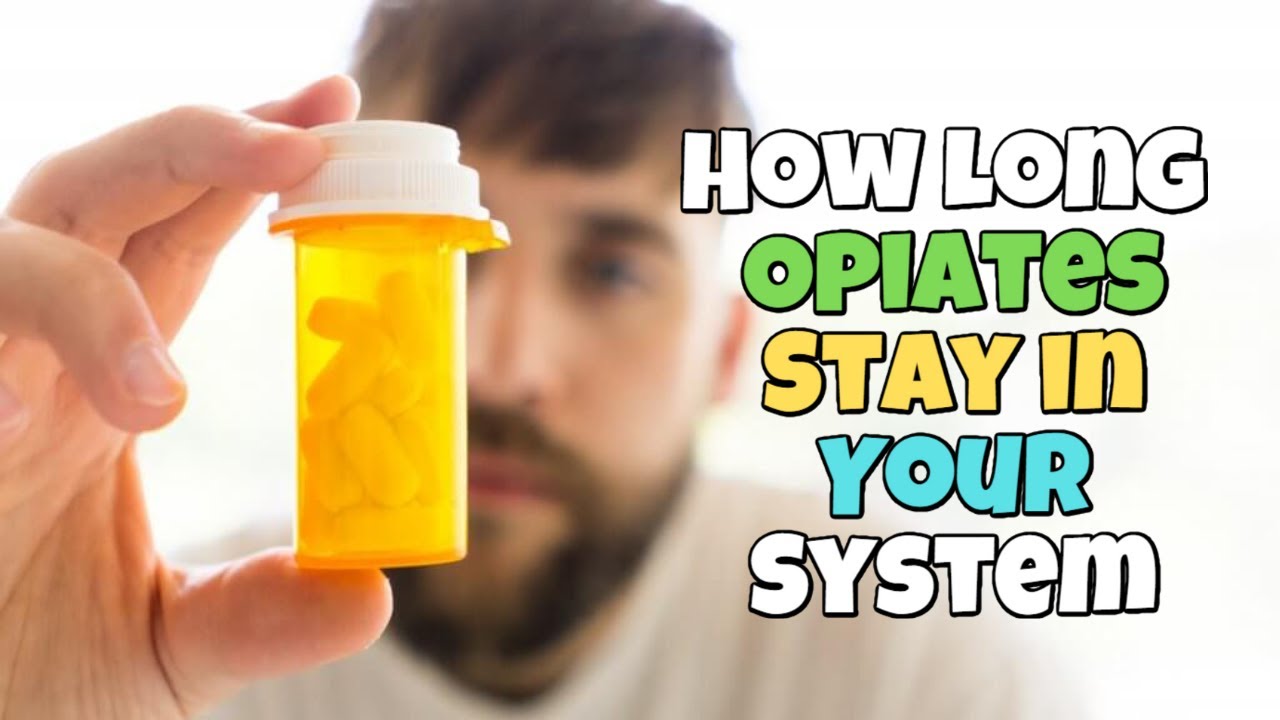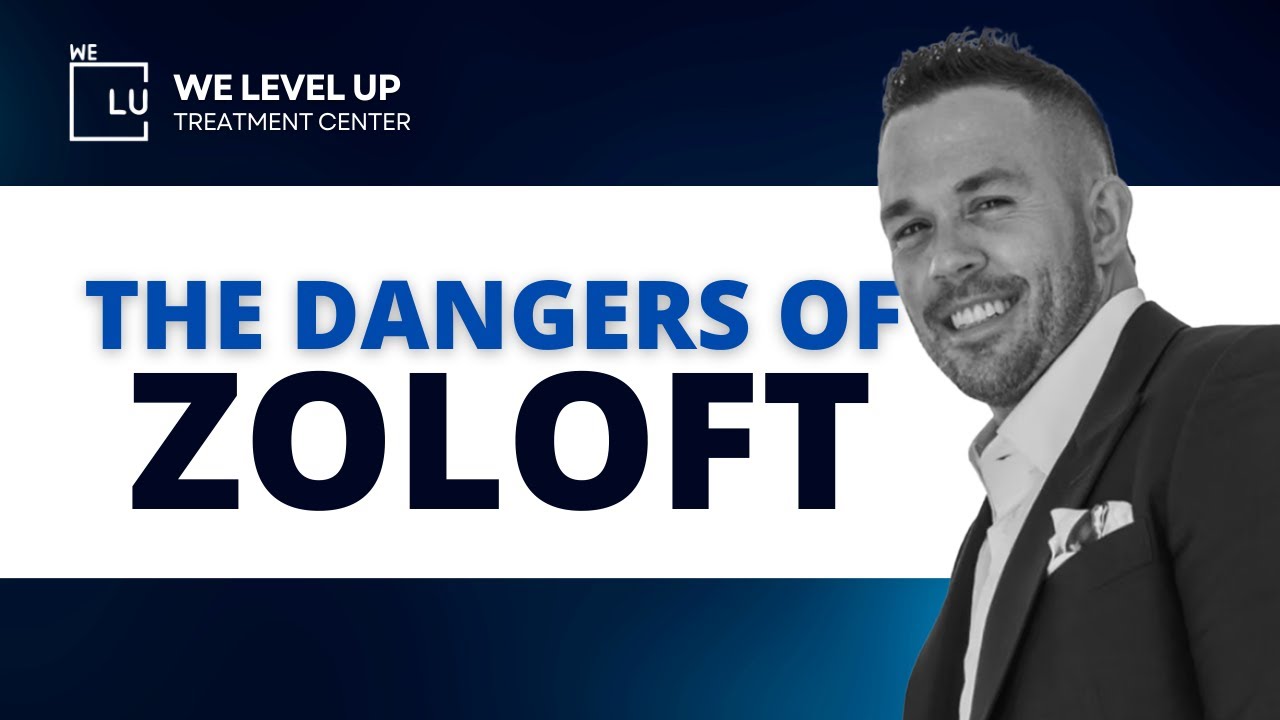Tramadol (marketed as Conzip and Ryzolt) and oxycodone (known under brand names like OxyContin and Xtampza ER) are opioid drugs used to alleviate pain.
The primary difference between “Tramadol vs Oxycodone” lies in their potency, which refers to the quantity of the drug required to elicit its effects.
Tramadol is considered a weak opioid, demonstrating less potent opioid-like attributes compared to a highly potent opioid medication such as oxycodone.
While both are classified as controlled substances due to their potential for dependence and addiction, oxycodone presents a greater risk of addiction and misuse.
We will discuss the resemblances and disparities between tramadol and oxycodone, encompassing their uses, safety information, effectiveness, and other relevant aspects.
What is Oxycodone?
Oxycodone, another opioid prescribed by doctors, mirrors OxyContin’s pain-relief mechanisms but typically appears in shorter-acting forms like tablets, capsules, or liquid solutions.
Oxycodone’s Uses
Similar to OxyContin, Oxycodone tackles moderate to severe pain by altering how the body processes pain signals. It aids in managing anxiety, fatigue, and sleep difficulties related to chronic pain. Immediate-release and extended-release are the primary forms of Oxycodone, often employed when other pain medications are ineffective or not tolerated well enough. It is typically administered post-surgery, injury, or for specific medical conditions demanding opioid treatment.
Oxycodone’s Side Effects
Common side effects of Oxycodone echo those of OxyContin, including nausea, vomiting, constipation, drowsiness, and dry mouth. Serious effects, such as respiratory depression, low blood pressure, breathing slowdowns, and addiction, can also manifest.
What is Tramadol?
Tramadol is a pain reliever that acts in the central nervous system, primarily prescribed to manage moderate to moderately severe pain in adults. It is typically recommended for short-term pain control and is used only when other non-opioid options are ineffective in your pain management regimen.
This medication is available in tablet form in various strengths, such as 50 milligrams (mg) and 100 mg. Additionally, there are extended-release versions of tramadol in strengths of 100 mg, 200 mg, and 300 mg.
Adverse Effects of Tramadol Common side effects associated with tramadol encompass:
- Nausea.
- Dry mouth.
- Dizziness.
- Drowsiness.
- Sedation.
- Headache.
Serious adverse effects might include:
- Seizures.
- Respiratory depression.
- Serotonin syndrome.
- Risk of addiction.
Extended usage of tramadol could potentially cause harm to the liver and kidneys.
What Are the Differences Between Tramadol Vs Oxycodone?
The distinctions between Tramadol and Oxycodone primarily lie in their potency and mode of action.
Tramadol is categorized as a weak opioid, resembling morphine in its structure and effects, albeit having weaker opioid characteristics compared to potent opioid medications such as oxycodone. The risk of addiction and abuse is higher with oxycodone. The Food and Drug Administration (FDA) has classified oxycodone as a Schedule II controlled substance, signifying a higher risk for abuse and dependence, whereas tramadol falls under Schedule IV.
Their dissimilarities also extend to how they function. Oxycodone directly provides pain relief as an active compound, whereas tramadol acts as a prodrug. A prodrug refers to an inert substance that undergoes processing within the body to transform into an active form, eventually alleviating pain.

Skip To:
Learn More:
Get Help. Get Better. Get Your Life Back.
Searching for Accredited Drug and Alcohol Rehab Centers Near You? We Level Up Texas Is Opening Soon!
Even if you have failed previously and relapsed, or are in the middle of a difficult crisis, we stand ready to support you. Our trusted behavioral health specialists will not give up on you. When you feel ready or just want someone to speak to about therapy alternatives to change your life call us. Even if we cannot assist you, we will lead you to wherever you can get support. There is no obligation. Call our network hotline today.
FREE Addiction Hotline – Call 24/7
Can You Take Tramadol With Oxycodone?
Mixing Tramadol and Oxycodone or any opioid medications should only be done under the direct supervision and guidance of a healthcare professional due to the risks associated with combining these drugs.
Both Tramadol and Oxycodone are opioid pain medications that work in similar ways in the body, and using them together can intensify their effects. This combination can potentially increase the risk of adverse reactions, including respiratory depression, dizziness, drowsiness, confusion, and even overdose.
The simultaneous use of Tramadol and Oxycodone might also increase the chances of developing opioid-related side effects such as constipation, nausea, vomiting, and addiction. Additionally, both medications can affect the central nervous system, leading to a higher risk of cognitive impairment and slowed breathing when used in combination.
Only a healthcare professional can determine the appropriate use of these medications, weighing the potential benefits against the risks for an individual patient. It’s crucial to follow their advice strictly and avoid self-medicating or adjusting dosages without consulting a doctor.
If you have been prescribed both Tramadol and Oxycodone or are considering taking them together for any reason, discuss this with your healthcare provider to ensure safe and effective pain management while minimizing the risk of potential adverse effects.
Comparative Table of Tramadol and Oxycodone Side Effects
Despite their similarities in being effective pain relievers, they exhibit differences in their side effect profiles. The following table compares and highlights the side effects associated with tramadol and oxycodone use:
| Side Effects | Tramadol | Oxycodone |
|---|---|---|
| Common Side Effects | Nausea, dry mouth, dizziness, drowsiness | Constipation, nausea, vomiting, dizziness |
| Serious Side Effects | Seizures, respiratory depression, serotonin syndrome | Respiratory depression, addiction, overdose |
| Other Considerations | Liver and kidney damage with long-term use | High risk of addiction and abuse |
| Interaction Concerns | Benzodiazepines, MAOIs, SSRIs, CYP3A4 drugs, Serotonin syndrome | Benzodiazepines, MAOIs, SSRIs, CYP3A4 drugs |
Is Tramadol Stronger Than Oxycodone?
Tramadol and oxycodone are both opioid medications used for pain relief, but they vary in potency. Oxycodone is typically considered stronger or more potent than tramadol. Oxycodone is classified as a potent opioid and is often prescribed for more severe or intense pain, such as post-surgery or severe injury pain management.
In contrast, tramadol is regarded as a weaker opioid in comparison to oxycodone. It is commonly prescribed for moderate to moderately severe pain. Tramadol’s potency is relatively lower when compared to stronger opioids like oxycodone. However, the specific strength and effectiveness of these medications can differ from person to person based on individual pain thresholds and responses to the medication.
The categorization of oxycodone as a Schedule II controlled substance by the Food and Drug Administration (FDA) emphasizes its high risk for potential abuse and dependence compared to tramadol, which is classified as a Schedule IV controlled substance due to its lower risk profile.
Although oxycodone is generally regarded as more potent than tramadol, the choice between these medications often depends on various factors, including the nature and severity of the pain, individual patient health considerations, and the prescribing physician’s recommendation. It’s crucial to use these medications strictly according to a doctor’s prescription and guidance to minimize risks associated with their usage, including addiction, dependence, and potential side effects.
Tramadol vs Oxycodone Drug Interactions
Interactions between tramadol, oxycodone, and other substances include the following:
- Benzodiazepines such as Xanax (alprazolam) and Ativan (lorazepam): Combining tramadol or oxycodone with benzodiazepines heightens the risk of breathing difficulties and sedation.
- MAOIs like Nardil (phenelzine) and Zelapar (selegiline): Using tramadol or oxycodone with MAOIs can elevate the chances of experiencing serotonin syndrome and other severe side effects.
- SSRIs, including Lexapro (escitalopram) and Prozac (fluoxetine): Co-administration of tramadol or oxycodone with SSRIs can amplify the risk of serotonin syndrome.
- CYP3A4-inducing drugs such as Tegretol (carbamazepine) and rifampin: These medications may reduce the efficacy of oxycodone or tramadol.
- CYP3A4-inhibiting drugs like ketoconazole or ritonavir: These substances might heighten the effects of tramadol or oxycodone.
- Saint-John’s-wort: Combining Saint-John’s-wort with tramadol or oxycodone can escalate the risk of serotonin syndrome.

Get Your Life Back
Find Hope & Recovery. Get Safe Comfortable Detox, Addiction Rehab & Dual Diagnosis High-Quality Care.
FREE Addiction Hotline – Call 24/7Immediate Effects of OxyContin or Oxycodone Use
- Sensations of euphoria.
- Feelings of relaxation.
- Significant reductions in the perception of pain.
- Notable reductions in anxiety.
- Increased sedation.
Common Side Effects of Oxycodone Use
- Gastrointestinal issues: nausea, stomach cramps, vomiting, and constipation.
- Drowsiness, flushing, sweating, dry mouth, and loss of appetite.
- Weakness, headaches, and dizziness.
- Allergic reactions include hives, itching, rash, and swelling of the face, throat, tongue, lips, or extremities.
- Respiratory problems, usually decreased breathing but potentially serious issues including difficulty swallowing.
- Postural hypotension causes a drop in blood pressure upon standing.
- Other cardiovascular complications: changes in heartbeat or blood pressure.
- Extreme lethargy or comatose states (more frequent with overdoses).
- Seizures, although rare.

Long-term Effects of Oxycodone Use
- Development of a severe tolerance.
- Emergence of withdrawal symptoms (indicative of physical dependence).
- Potential development of an opiate use disorder.
- Occasional cases of liver and kidney failure after extended use.
- Brain changes lead to issues with attention, memory, and problem-solving.
When used as prescribed and monitored by a physician, the risk of detrimental long-term effects related to medicinal use is significantly minimized. Prolonged misuse raises the likelihood of these adverse long-term effects, as well as the risk of overdose due to binge usage or mixing drugs, such as alcohol, which can potentially be fatal.
Get Help. Get Better. Get Your Life Back.
Searching for Accredited Drug and Alcohol Rehab Centers Near You? We Level Up Texas Is Opening Soon!
Even if you have failed previously and relapsed, or are in the middle of a difficult crisis, we stand ready to support you. Our trusted behavioral health specialists will not give up on you. When you feel ready or just want someone to speak to about therapy alternatives to change your life call us. Even if we cannot assist you, we will lead you to wherever you can get support. There is no obligation. Call our network hotline today.
FREE Addiction Hotline – Call 24/7Warnings on Oxycodone
Oxycodone carries a potential risk of abuse and addiction, increasing the possibility of overdose and fatal outcomes. It might also result in severe, potentially life-threatening breathing difficulties. To minimize these risks, your healthcare provider should prescribe the lowest effective dose of oxycodone for the shortest duration possible.
Breathing problems may be more pronounced when beginning this medication, after dosage adjustments, or when an incorrect dose/strength is taken. Combining this medication with alcohol or other substances that induce drowsiness or respiratory issues can lead to severe side effects, including death.
Additionally, other drugs may impact the elimination of oxycodone from your system, affecting its efficacy. Familiarize yourself with oxycodone’s administration guidelines and medications that should be avoided. Review the Drug Interactions section for more information. Seek immediate medical attention if severe side effects like slowed or shallow breathing, unusual dizziness, extreme drowsiness, or difficulty awakening occur.
Safeguard this medication to prevent theft, misuse, or abuse. If someone unintentionally ingests this drug, seek immediate medical assistance.
For women of childbearing age, discussing the risks and benefits with their doctor(s) before using this medication is crucial. Notify your doctor if you are pregnant or planning a pregnancy. During pregnancy, use this medication only when necessary, as it may slightly heighten the risk of birth defects within the first two months of pregnancy. Prolonged or high-dose usage close to the expected delivery date might negatively impact the unborn baby.
To mitigate these risks, use the lowest effective dose for the shortest duration. Newborns born to mothers who used this medication extensively may exhibit severe (possibly fatal) withdrawal symptoms. Notify the doctor promptly if you observe persistent crying, slowed breathing, irritability, tremors, vomiting, diarrhea, feeding difficulties, or inadequate weight gain in your newborn.
FDA Warnings on Tramadol
The FDA has issued specific boxed warnings concerning tramadol use, emphasizing several critical aspects that users and healthcare providers should know.
Seizures
Tramadol poses a risk of seizures, particularly when taken above the prescribed dose. The likelihood of seizures increases when tramadol is combined with certain medications, including selective serotonin reuptake inhibitors (SSRIs), tricyclic antidepressants (TCAs), other opioids, monoamine oxidase inhibitors (MAOIs), neuroleptics, and drugs that lower the seizure threshold. The administration of naloxone for a tramadol overdose can also heighten the risk of seizures. Additionally, individuals with a history of seizures or epilepsy, head trauma, central nervous system (CNS) infections, drug or alcohol withdrawal, or metabolic disorders are at increased risk.
Suicide Risk
Tramadol has the potential to elevate the risk of suicide and should not be prescribed to individuals with an elevated risk of suicide or addiction.1
Serotonin Syndrome
The use of tramadol can heighten the risk of serotonin syndrome. This severe condition may manifest as mild symptoms like diarrhea or nausea, escalating to severe indications such as fever and seizures. To mitigate the risk of serotonin syndrome, the co-administration of tramadol with other antidepressant agents, including SSRIs, TCAs, MAOIs, and serotonin-norepinephrine reuptake inhibitors (SNRIs), should be avoided.
Respiratory Depression
Tramadol use can result in respiratory depression, particularly during the initiation of treatment or following dosage adjustments. Symptoms of respiratory depression include shortness of breath, rapid breathing, increased heart rate, and a bluish tint to the skin or lips.
Opening Soon! First-Class Facilities & Amenities
World-Class High-Quality Addiction & Mental Health Rehabilitation Treatment
Coming Soon! Rehab Centers TourRenowned Addiction Centers. Serene Private Facilities. Inpatient Rehab Programs Vary.
FREE Addiction Hotline – Call 24/7Proven recovery success experience, backed by a Team with History of:
15+
Years of Unified Experience
100s
5-Star Reviews Across Our Centers
10K
Recovery Success Stories Across Our Network
- Low Patient to Therapist Ratio
- Onsite Medical Detox Center
- Comprehensive Dual-Diagnosis Treatment
- Complimentary Family & Alumni Programs
- Coaching, Recovery & Personal Development Events
We Level Up Dual Diagnosis Treatment
The definition of dual diagnosis, also known as co-occurring disorders, can vary among institutions. Generally, it refers to simultaneously treating a substance use disorder and a mental health disorder. Treating individuals with co-occurring disorders is a crucial aspect of our inpatient treatment. Co-occurring disorders are strongly linked to substance abuse.
We create treatment plans that address withdrawal symptoms, the psychological aspects of drug use, and managing underlying mental health disorders to set clients up for success. A comprehensive mental health assessment identifies treatment possibilities. Our dual diagnosis treatment center provides access to mental health counselors, medical professionals, behavioral therapy, and medication treatment, ensuring the highest quality of care.
We understand the intricate relationship between mental and substance abuse disorders, which can result in a destructive cycle of addiction. We specialize in dual-diagnosis cases, offering the best chance for healing and long-lasting recovery.
Recognizing that you may have a mental illness can be challenging. However, treating substance abuse becomes much easier once you receive a proper diagnosis and treatment. Only qualified medical professionals can diagnose these underlying conditions. If you suspect you have a co-occurring disorder, we encourage you to seek a reputable treatment center to begin your journey to recovery. Contact We Level Up today.
Start a New Life
Begin with a free call to an addiction & behavioral health treatment advisor. Learn more about our dual-diagnosis programs. The We Level Up treatment center network delivers recovery programs that vary by each treatment facility. Call to learn more.
- Personalized Care
- Caring Accountable Staff
- World-class Amenities
- Licensed & Accredited
- Renowned w/ 100s 5-Star Reviews
We’ll Call You
How Long Do Opiates Stay in Your System?
Search We Level Up TX Tramadol vs Oxycodone, What are The Differences? Topics & Resources
Sources
- DailyMed. Label: Tramadol hydrochloride tablet, coated. tramadol vs oxycodone
- DailyMed. Label: Oxycodone hydrochloride tablet. oxycodone vs tramadol
- Miotto K, Cho AK, Khalil MA, Blanco K, Sasaki JD, Rawson R. Trends in tramadol: pharmacology, metabolism, and misuse. Anesth Analg. 2017;124(1):44-51. doi:10.1213/ANE.0000000000001683
- Silvasti M, Tarkkila P, Tuominen M, Svartling N, Rosenberg PH. Efficacy and side effects of tramadol versus oxycodone for patient-controlled analgesia after maxillofacial surgery. Eur J Anaesthesiol. 1999;16(12):834-839. doi: 10.1046/j.1365-2346.1999.00597.x Can you take tramadol with oxycodone
- Food and Drug Administration. Tramadol extended-release label. oxycodone and tramadol
- Barbosa J, Faria J, Garcez F, et al. Repeated administration of clinical doses of tramadol and tapentadol causes hepato- and nephrotoxic effects in Wistar rats. Pharmaceuticals (Basel). 2020;13(7):149. doi:10.3390/ph13070149 oxycodone and tramadol
- DailyMed. Label: OxyContin- oxycodone hydrochloride tablet, film coated, extended release.
- Food and Drug Administration. Roxicodone label.
- Subedi M, Bajaj S, Kumar MS, Yc M. An overview of tramadol and its usage in pain management and future perspective. Biomed Pharmacother. 2019;111:443-451. doi:10.1016/j.biopha.2018.12.085
- Moradi M, Esmaeili S, Shoar S, Safari S. Use of oxycodone in pain management. Anesth Pain Med. 2012;1(4):262-264. doi:10.5812/aapm.4529






